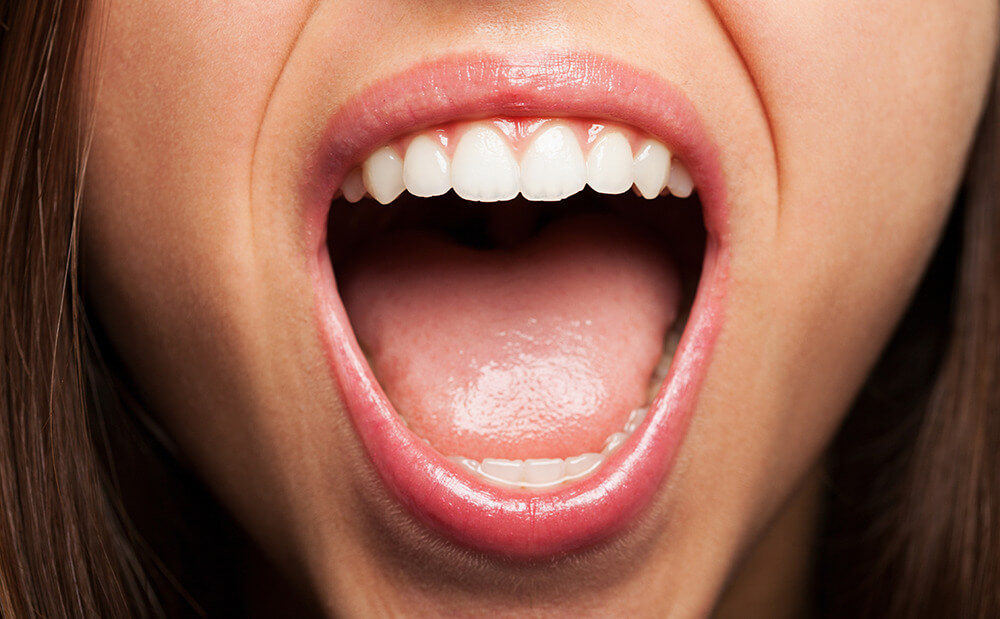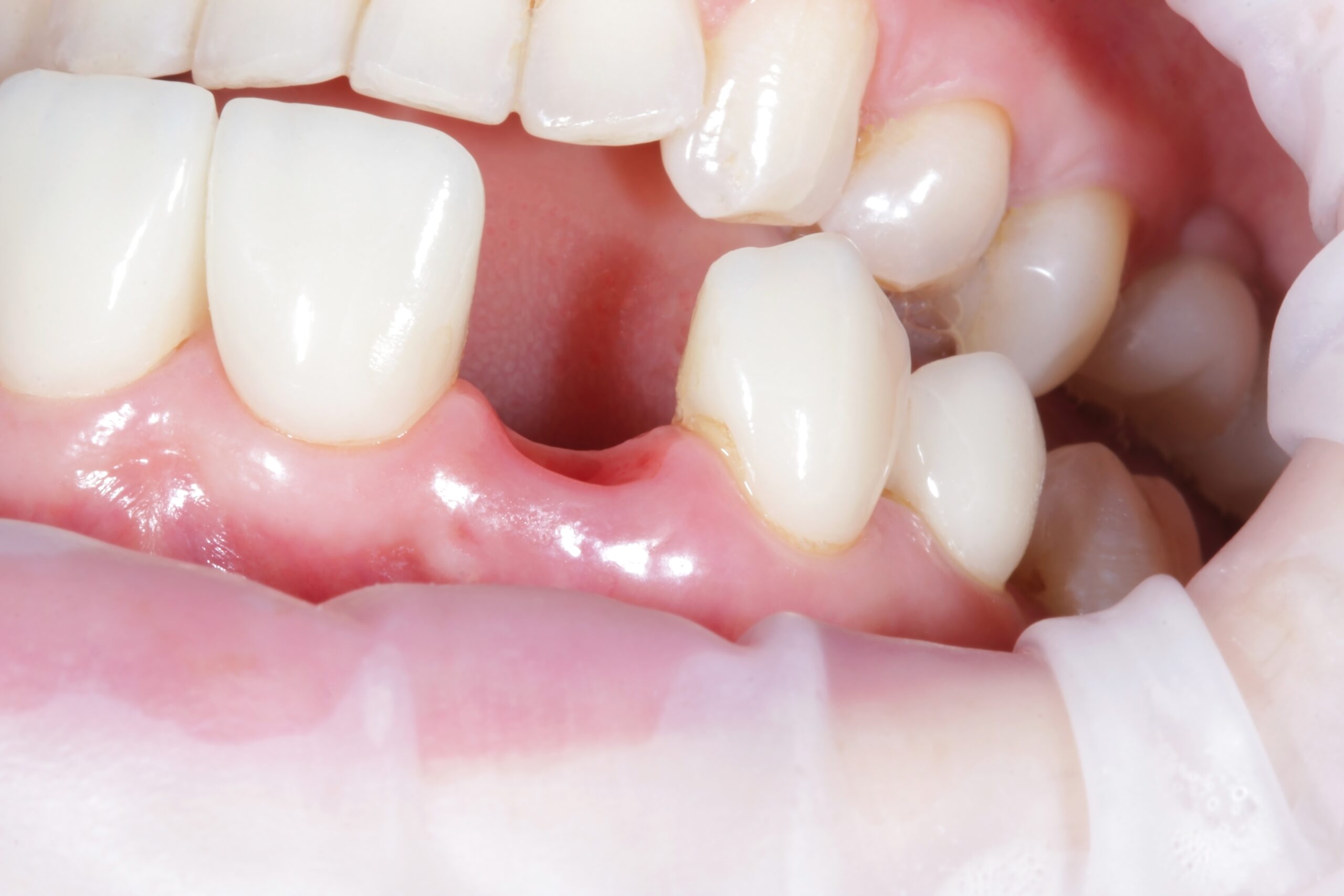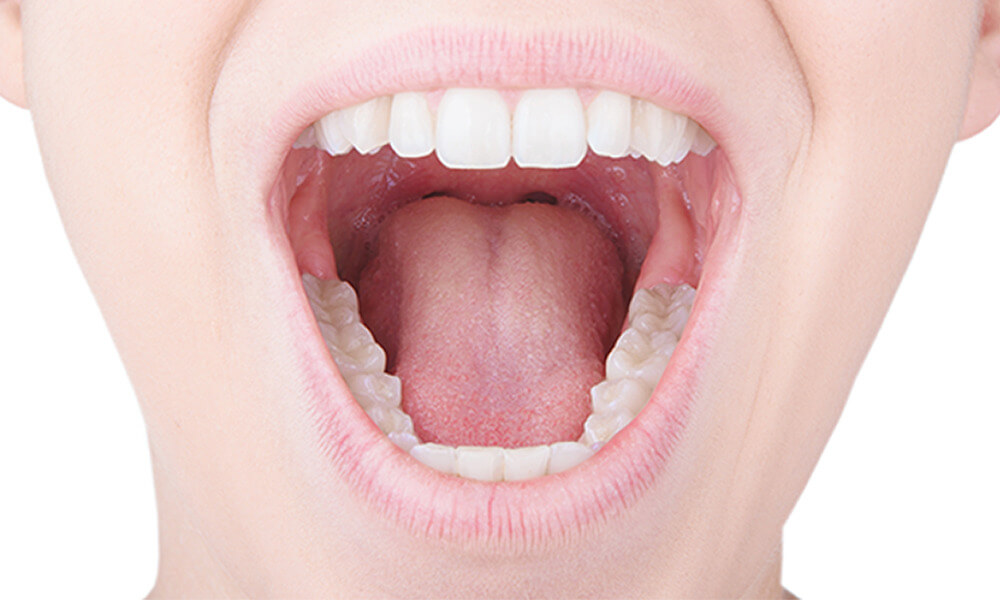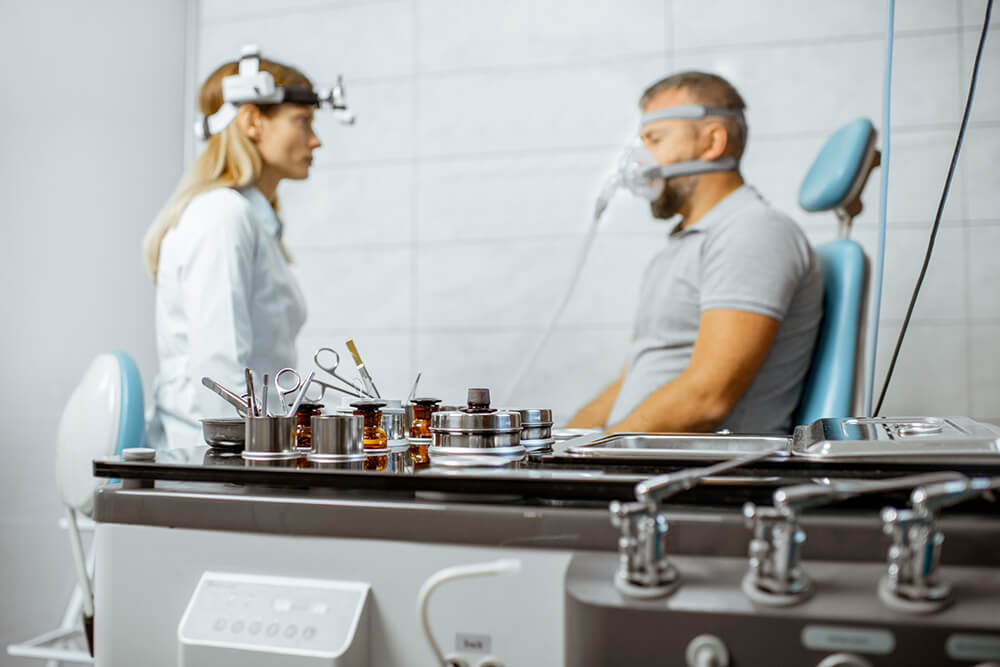How I Use Mallampati Scores for Airway Screening
In 2017 the American Dental Association adopted a policy encouraging dentists to screen patients for sleep-related breathing disorders (SRBD). This includes assessing a patient’s risk for SRBD as part of a comprehensive medical and dental history and referring affected patients to a physician as appropriate. When this happened, I called my friend Dr. Steve Carstensen, who is at the forefront of sleep dentistry and asked him what we should implement in our dental practice. One of the tools he suggested is a quick and easy visual assessment called a Mallampati score.
The Mallampati score is one of four things we now do in my practice as a four-part sleep screening. (In Dr. Kelly Brummet’s recent PankeyGram article, she wrote about what this score determines and how she uses it in her practice, so you will want to go back and read that article as well this one.)
We have laminated copies of the Mallampati visualization chart (see below), which we printed from the Internet. We used these for visual reference in both of my operatories and the hygienist’s operatory. To make a visual assessment of the back of the patient’s mouth, say to the patient, “Open wide.” You don’t depress the tongue. The patient doesn’t say “aah.” The patient just opens wide. Then you look to see which of the four Mallampati images most closely matches what you see and give the patient a 1 through 4 score based on the image.
This is just a simple way to see if we think anatomically the patient can move air past the base of the tongue. My hygienist and I do this in conjunction with the STOP BANG questionnaire, Epworth Sleepiness Scale and asking about nose breathing.

Related Course
E1: Aesthetic & Functional Treatment Planning
DATE: January 23 2025 @ 8:00 am - January 26 2025 @ 2:30 pmLocation: The Pankey Institute
CE HOURS: 39
Dentist Tuition: $ 6800
Single Occupancy with Ensuite Private Bath (Per Night): $ 345
Transform your experience of practicing dentistry, increase predictability, profitability and fulfillment. The Essentials Series is the Key, and Aesthetic and Functional Treatment Planning is where your journey begins. Following a system of…
Learn More>










